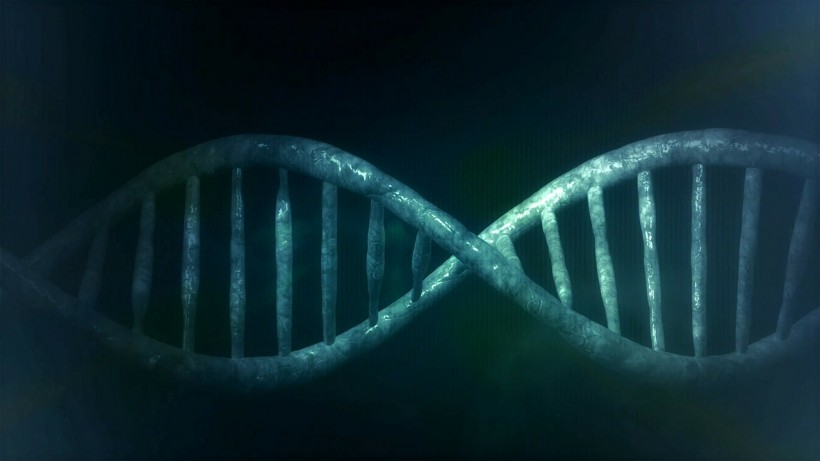Fur is a defining trait of mammals although baldness is also an attractive variety of mammalian oddities. Humans, for example, were once furry but have somehow evolved to become a nearly hairless species.
A new study, titled "Complementary Evolution of Coding and Noncoding Sequence Underlies Mammalian Hairlessness" published in eLife, says that the gene for a full coat of fur is still present in humans.

Gene for a Full Coat of Fur in Humans Still Present But Under a Deep Sleep, Study Found
Evolution Made Humans Hairless
Orangutans, mice, and horses, but not humans, are all covered in fur. But why humans have less body hair than most other animals has long been a mystery to science. A first-of-its-kind analysis of genetic codes from 62 species is beginning to reveal the narrative of how people and other mammals lost their locks.
The study showed that some animals developed hairlessness at least nine times along various branches of the mammalian family tree, BGR reported. It may appear that the gene no longer exists in humans because they no longer have fur, but according the finding suggests that the gene has merely been asleep.
The re-emergence of features across unrelated lineages is referred to as convergent evolution by scientists. It developed separately throughout the numerous branches in this scenario, including alterations to the human fur gene.
The primary point of the findings is that the genes encoding hair become significantly less vital when animals are under evolutionary pressure to lose hair, enabling it to slumber and cease generating the type of fur that it would typically make.
However, it is remarkable to realize that the human fur gene still persists in human DNA, despite the fact that modern humans have not relied on fur for many years.
Another genetic study published in 2022 has demonstrated that scientists can develop hypoallergenic cats, so understanding more about the numerous hair genes that affect fur and hair growth in animals should aid in that research as well.
READ ALSO: Human Evolution Evidently Taking Place Among Southeast Asian Free Divers
Benefits of Being Hairless
Hairiness appears differently across the animal kingdom, whether it is a monkey's coarse body hair or a cat's silky fur. The same is true with baldness.
Humans have a distinctive tuft of hair on their heads, but they still fall into the "hairless" group because their body hair is less noticeable, Technology Networks reports. Other creatures with indications of hair, such as elephants with their scant covering, sheer-coated pigs, and mustachioed walruses, are also in the category of bald mammals.
But not to worry as baldness has its benefits. For example, elephants cool off more readily in hot temperatures without thick hair, and walruses glide effortlessly in the water.
Regardless of the explanations, researchers discovered that these and the other hairless mammals studied had acquired mutations in many of the same genes. These contain keratin-coding genes and other components that help to form the hair shaft and promote hair development.
The study also revealed that regulatory areas of the genome appear to be equally significant. These areas do not code for structures that produce hair, but rather have an indirect impact on the process. They control when and where specific genes are activated, as well as how much is produced.
Furthermore, the study found genes with no known significance in hair growth. When combined with other data, such as signals of activity in the skin, these findings point to a novel collection of genes that may be involved in hair growth.
RELATED ARTICLE: Hair DNA Links 50,000 Years of Pre-Continental Drift Australian Aboriginal Settlement
Check out more news and information on Genetics in Science Times.














